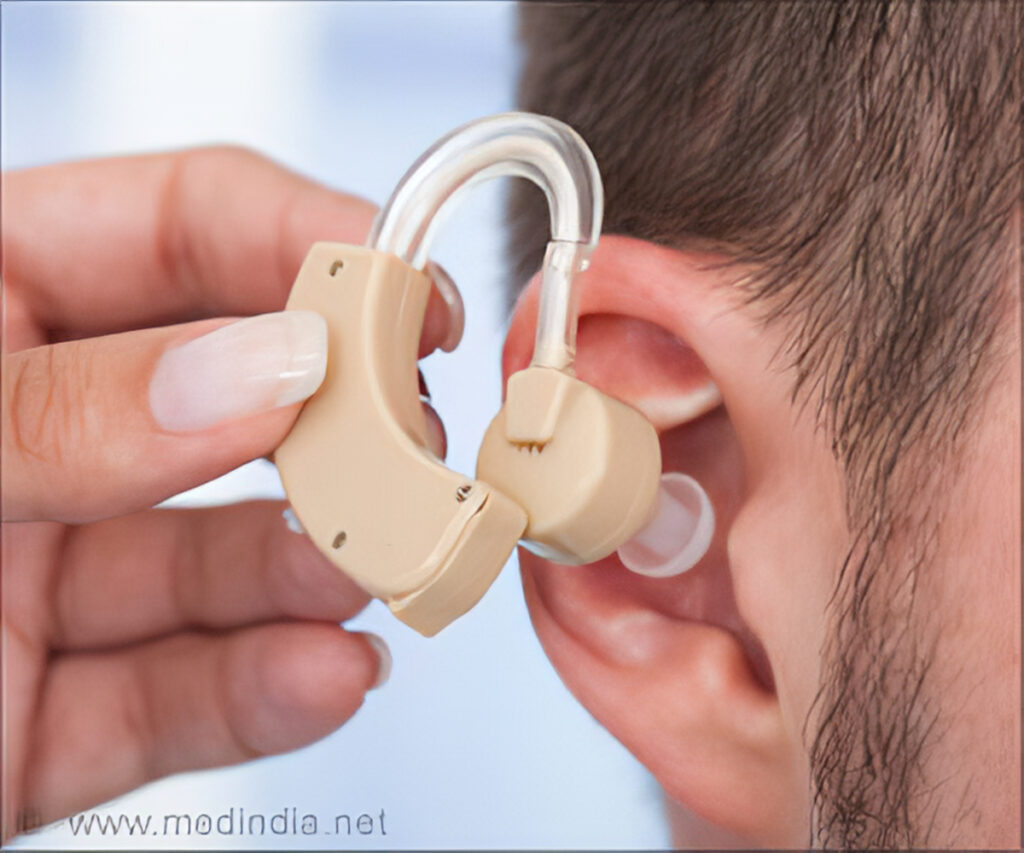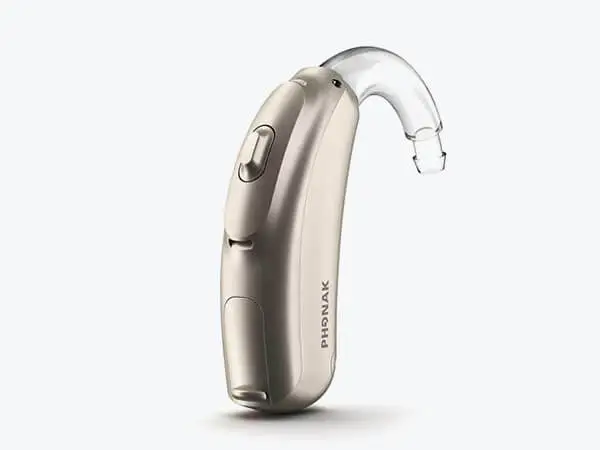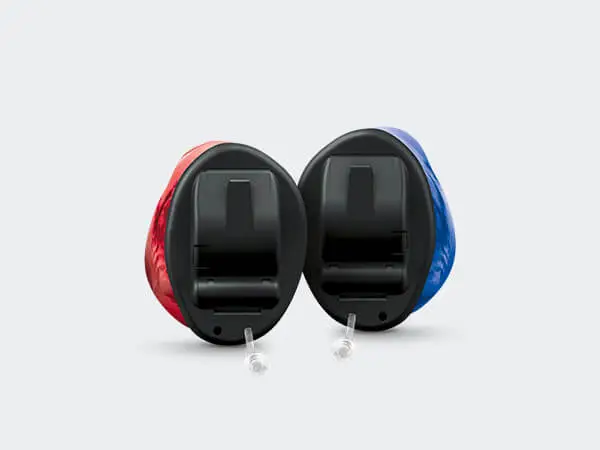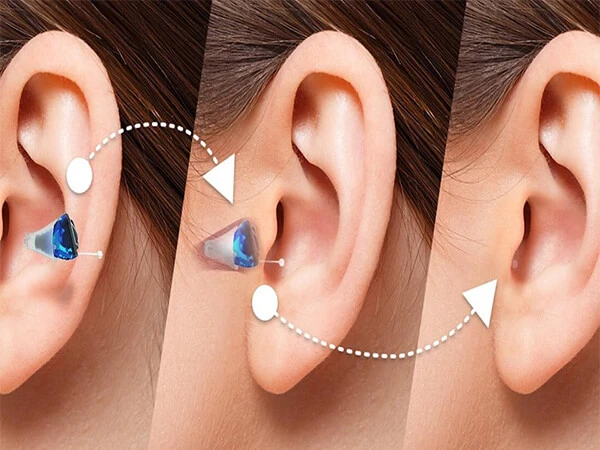If you are someone who is scouting for the best type of hearing aid, then this article is for you. Finding the correct type of hearing aid designed for you relies on your extent of hearing loss, lifestyle choices, and cosmetic factors.

A hearing aid is a device that amplifies sound so that one can hear better. In some cases, a hearing aid may also help people to distinguish one voice from another.
Hearing aids are usually worn in or behind the ear and connected to an earpiece that fits inside the ear canal.
Some people with hearing loss, such as those with tinnitus, may need to wear a hearing aid all day and night. Others only need them for specific situations, like at work or when they go out on weekends.
What are the Different Types of Hearing Devices & How to Choose?
Most hearing aids have numerous technological elements in common, such as a microphone that picks up sound, amplifier circuitry that makes the sound louder, a small loudspeaker (receiver) that transmits the amplified sound into the ear canal, and batteries that power the electronic components.
Hearing aids vary in:
• design
• technological means of amplifying (i.e., analog vs. digital)
• exceptional attributes
Earmolds or earpieces are sometimes included with hearing aids to improve sound quality and channel sound into the ear.
Hearing aids are chosen based on the kind and degree of hearing loss, listening requirements, and lifestyle.
There are four fundamental types of hearing aids to start with:
Behind-the-ear (BTE)
Invisible In the Canal (IIC)
Completely In the Canal (CIC)
Receiver In the Canal (RITE)
Behind-the-ear (BTE)

Behind-the-ear hearing aids are worn on the ear and connected to a small microphone by a hidden wire behind the ear.
They have come a long way since the days of the bulky earmuffs and full-coverage earpieces, which were not particularly discreet. Behind-the-ear hearing aids, also known as BTEs, have been around for a while.
Modern versions of these devices are typically much smaller and more streamlined, making them less noticeable than their predecessors.
Invisible In the Canal (IIC)

IIC is an acronym for Invisible In Canal. Refers to a hearing aid that sits deep inside your ear canal and does not protrude from your outer ear.
The IIC hearing aid, which uses nanotechnology, has the potential to revolutionize the treatment of hearing loss. With this new device, people can listen to sounds that were previously inaudible to them.
The IIC hearing aid works by sending sound vibrations through the bones of the skull, bypassing hair cells and other structures in the ear canal.
Because the components are so tiny, these hearing aids are nearly unnoticeable when worn, even from the sides.
Completely In the Canal (CIC)

CIC hearing aids are the most discreet types of hearing aid. They are placed in the ear canal and don’t show outside.
These hearing aids are usually used by people with mild to moderate hearing loss. They offer a more natural sound than other types of hearing aids. They are easier to wear because they do not protrude from the ear.
CICs can be fitted with a directional microphone so that you can better hear sounds coming from specific directions. When somebody is speaking to you face-to-face or on the phone
Receiver In the Canal (RITE)

The RITE hearing aid is a revolutionary new way of hearing. It is a device that fits in the ear canal and transmits sound to the inner ear without needing external equipment.
It is suitable for hearing loss ranging from mild to severe. The RITE model consists of three components: a thin ear wire connecting the housing to the receiver and a housing that sits behind the ear.
The RITE hearing aid has been designed to be as discrete as possible so that it can be worn all day without discomfort or inconvenience. It is also suitable for people who are in noisy environments, such as construction workers, pilots, and musicians.
Most ITE or BTE devices come with rechargeable or disposable batteries, which must be changed every 3 to 20 days.
There are many options when buying a hearing aid, which might need clarification. Various features and styles are offered to meet multiple hearing loss demands.
When choosing the ideal style for your purposes, it’s crucial to consider a variety of factors like whether they have built-in Bluetooth, are aesthetically pleasing, rechargeable, and can enable telecoil.
To choose a hearing aid, there is no set method. Your hearing aid specialist’s guidance will have a significant impact. Remember that a hearing aid must be tried and tested for you before you purchase it. Despite the possibility that two people’s hearing impairments could be identical, one of them would likely not benefit from the same hearing aid.




